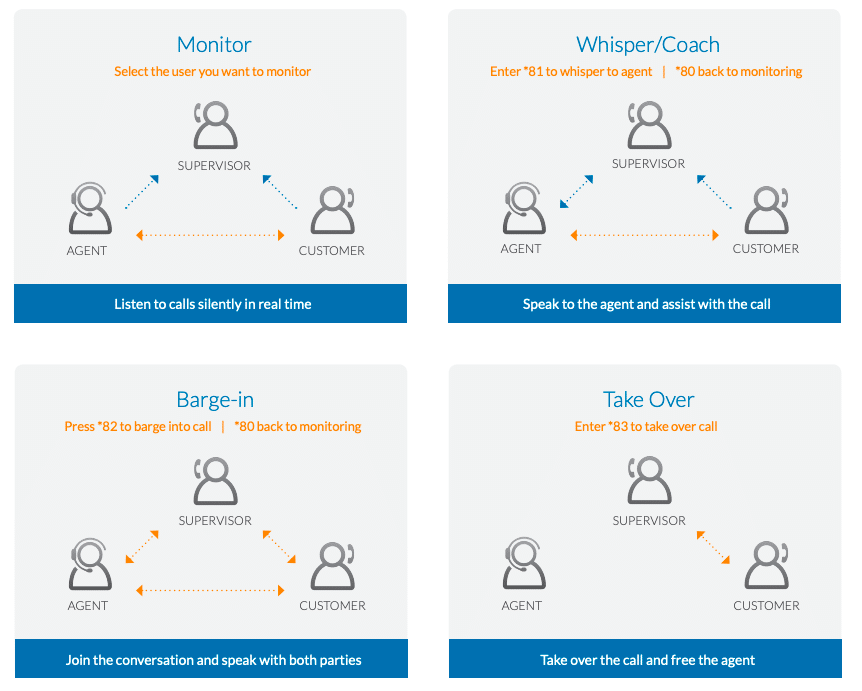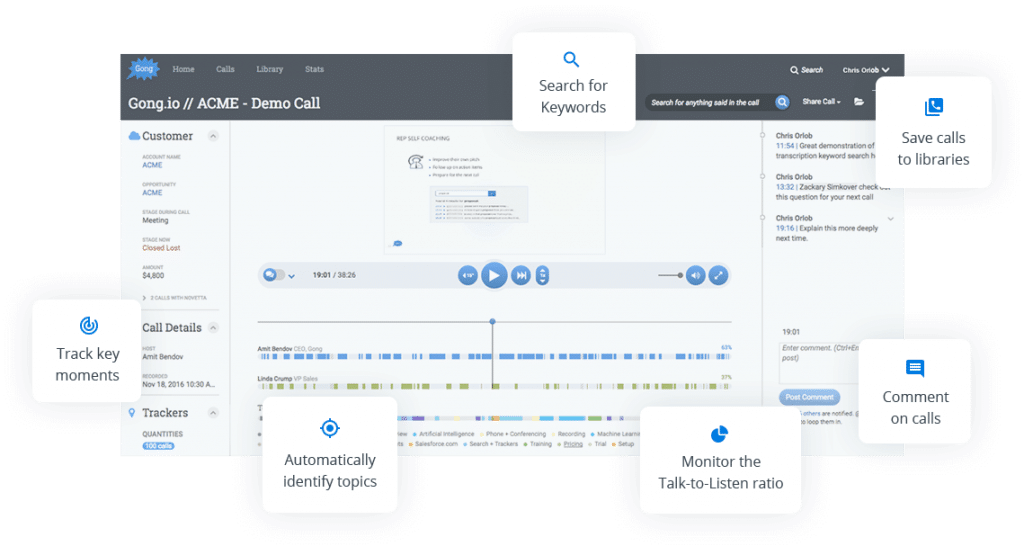It can be a challenge getting timely responses from you contacts. Sometimes people are simply too busy, other times they may be unsure about what you’re offering, or they might be waiting for approval from a project partner.
Yet, keeping conversations moving forward is crucial. You have leads to nurture, deals to close, and projects to advance.
So why does it often feel so difficult to get a prompt reply? One of the main culprits is the infamous “just checking in” email—a phrase so overused that it often leads to your messages being ignored or deprioritized.
In this blog post, we’ll delve into seven effective alternatives to the “just checking in” email. These strategies will help you engage your contacts more meaningfully and boost your response rates. In fact, some of these alternatives might even encourage you to step out of the traditional email inbox. Curious to learn more? Keep reading to discover how to transform your follow-up communications.
Skip ahead if you’d like:
- The trouble with “just checking in” emails
- How to move the conversation forward
- 7 alternatives to “just check in” (with examples)

The trouble with “just checking in” emails
Apart from being chronically overused, one of the main problems with “just checking in” is that it’s basically a redundant expression. It’s obvious to the reader that you’re “checking in” just by virtue of the fact you’ve reached out to them at all:
“Hey Anna,
Just checking in.
I was wondering if you’d had a chance to review the report I sent last week?
Thanks!
Tom”
What’s more, your reader will naturally interpret the expression as a request for their time and attention. They (rightly) suspect that whoever wrote it wants something from them, but is hesitant about getting to the point.
Also, notice how in the example above there’s no compelling reason for Anna to respond to Tom’s message. This is a common fault of “checking in” emails.
For example, Tom offers no additional reasons for why the report is worth reading (e.g., “I really think the winter forecasts would be of interest to you finance team.”) nor does he suggest next steps to encourage Anna to take action (e.g., “Happy to talk you through it. How’s Friday at 3?”).
The truth is that sales reps resort to using “just checking in” because it’s quick and easy. But that’s precisely the problem. If you can’t think of something even remotely useful to say, why should you expect the reader to care?
How to move the conversation forward
There are numerous instances where following up with your prospects and customers is essential, such as:
- When you’ve promised to follow up within a specific timeframe.
- If they missed a scheduled meeting or call without explanation.
- When they verbally committed to signing a contract but then disappeared.
- If they started a product trial and you’re awaiting their feedback.
- When they haven’t responded after “internal discussions.”
The question isn’t whether you should check in, but rather how to do it effectively.
As a general rule, aim for your messages to create a sense of urgency or excitement for the recipient. This involves making your message highly relevant to the specific person you’re contacting by addressing their unique needs, interests, and previous interactions with your company.
Be clear and upfront about what you need from them. Avoid leaving them guessing or putting the onus on them to propose the next steps. Offer clear options to make it easy for them to respond.
Also, consider varying the communication medium—email isn’t always the most effective option. (We’ll discuss this further later on.)
Ultimately, being thoughtful and creative in your outreach is key to maximizing responses. Let’s explore some effective alternatives to the “just checking in” email.
7 alternatives to “just checking in” (with examples)
1. After a meeting or discovery session
Imagine it’s been over a week since you had a call or face-to-face meeting with a prospect, and they haven’t yet made a buying decision.
In such cases, the prospect may be struggling to make a decision due to gaps in their understanding of your product or lingering doubts about its effectiveness in meeting their needs.
Regardless of the reason for their hesitation, you can assist by providing additional information that addresses their concerns and reassures them. This might include a case study, a testimonial video, a detailed breakdown of pricing options, or a list of product integrations—anything that can help alleviate their doubts and objections.
While it’s important to cover as many key points and answer as many questions as possible during the initial meeting or call, it’s likely you won’t be able to address everything. A follow-up email with supplementary information can be an excellent way to nudge your prospect closer to a decision.
✍ Example: “Hi [Prospect Name], I know that [relevant topic] was something you wanted to learn more about during last week’s call. I’ve attached some additional information that I think you’ll find helpful. Are you available for another call next week? How about Tuesday morning?”
2. When an email just won’t cut it
Keeping in touch with your contacts doesn’t have to be an email-only affair, of course.
By incorporating a variety of communication channels into the mix, you can circumvent the limitations of any one channel and give your contacts the option to choose whichever medium suits them best. Here’s a quick comparison of using an email-focused approach vs more flexible methods of communication:
For example, some clients may welcome the occasional phone call as a much-needed break from the monotony of responding to emails all day. Likewise, a text image can be a more convenient way to check-in with other people on your team.
In fact, these are probably the three best non-email alternatives to staying connected with your contacts:
- A phone call: You can use your trusty cell phone for this, or a business phone service if your company’s invested in one. The perk of having a business phone number or virtual phone number is that you can place and receive calls across all your devices, and include conferencing, business SMS, and maybe even online fax functionality.
- Video meetings: Virtual meetings lets you talk face-to-face with colleagues, clients, and customers wherever you are in the world. Having a software for conference calls is useful when you just need a more in-depth conversation than a “just checking in email”—and it even gives you the ability to screen share and save your meeting recordings too.
- Real-time messaging: Why clog up your inbox when you can just send someone a message in a group chat?
And if you can think of scenarios where any of these alternatives would’ve come in handy, then you should probably have a communication tool that gives you all three options. Like RingCentral. You can easily jump between phone calls, team messaging, and video chats:

One of the major benefits of using a service like RingCentral to stay connected with contacts is that it lets you monitor and review your communications so that you can keep improving your team’s performance. And beyond the handy app that has messaging and video conferencing built in, RingCentral also has an outbound contact center that’s designed for sales teams to reach out to prospects—and get timely responses.
Here’s a quick look at how it works:
For example, call monitoring lets supervisors listen in on live agent-customer calls, and it gives them the ability to whisper directly to the agent with on-the-fly suggestions as well as the option of taking over the call completely when it makes good tactical sense.

RingCentral’s integrations with other tools also open up new powerful ways of working more efficiently as a team.
For example, RingCentral’s integration with Gong.io’s AI analytics engine can be used to analyze all your sales team’s conversations with clients and then unearth new insights into what patterns and speech behaviors correlate with successful calls:
Similarly, the seamless integrations with most of the popular CRM platforms can level-up your communication capabilities with features like click-to-dial, note logging, and call scheduling—all easily available from within the CRM itself.
3. When they told you to reach out within a certain period of time
Prospects often request additional time before making a decision or continuing discussions.
Sometimes, this might indicate a lack of interest in your offering, but they don’t want to appear abrupt or dismissive. However, in many cases, it’s a genuine request because they are not currently in a position to make significant decisions. They might be deeply involved in a major project, waiting for approval from their leadership team, or anticipating additional funding.
It’s crucial to follow up within the timeframe they specified, as missing this window could result in a lost opportunity. When you reach out, remind them of your previous conversation and suggest some next steps.
✍ Example: “Hi [Prospect Name], we discussed [topic] back in [month]. At that time, you weren’t ready to make any decisions [due to X reason, if provided], and you asked me to follow up after [Y weeks/months]. I’m following up as requested! Are you still interested in [topic]? If so, I’d be happy to schedule a call. How does next Wednesday work for you?”
4. When they just need a reminder
Sometimes, prospects simply forget about their previous conversation with you and need a gentle reminder to get things moving again.
In these situations, a recap email can be highly effective. This type of email allows you to refresh your prospect’s memory about the key points discussed during your initial conversation and reiterate how your product or service can address their specific needs and challenges.
A well-crafted recap email should highlight the main topics covered, the benefits of your offering, and any agreed-upon next steps. This not only helps jog the prospect’s memory but also reinforces the value you bring to the table.
Busy prospects will appreciate the reminder, as it shows you are attentive and organized. It also ensures that both parties are aligned and ready to move forward with the next steps. By providing a clear and concise summary, you make it easier for the prospect to re-engage with your conversation and consider your proposal more seriously.
✍ Example: “Hi [Prospect Name], I hope this email finds you well. We spoke a few weeks ago about [topic], and I wanted to send a quick recap to refresh your memory. We discussed how [your product/service] can help you with [specific problem], and you mentioned that [any specific points they raised]. I’d love to continue our conversation and explore how we can move forward. Are you available for a call next week? How does Tuesday at 10 AM sound?”
5. When you want to reinforce the benefits of doing business with you
Case studies are a great way to help prospects visualize the success your product or service can bring them.
An initial call or meeting will often focus on the technical and practical aspects of doing business with you, but might not give you enough time to paint an exciting picture of the road to success.
By putting a greater emphasis on how you can help prospects achieve their goals, you can reframe how they think about their buying decision. Case studies are ideal for this job: they help “sell the dream” and serve as proof that working with you is worth it.
Just make sure that the case studies or success stories you provide have some bearing on the prospect’s specific needs and circumstances.
✍ Example: “Hey, [prospect name]. I’ve attached a few case studies that I think you’ll find interesting. They show how our past clients in [their industry/niche] have worked with us to achieve [relevant goals]. I’d be happy to talk you through them and answer any questions you have on a call. Would next Thursday suit you?”
6. When you want to nurture a relationship
Occasionally, you might want to get in touch with a prospect, client, or customer just to stay on their radar and to let them know that you have their best interests in mind. This is probably the most common way that “just checking in” emails are used. Doesn’t mean it’s great though.
Instead of just “checking in” to see how they are, you should only reach out if you can offer them something of genuine value. For example, you might refer them to a blog post or a piece of research that’s extremely relevant to their business, or you could let them know that there’s an upcoming industry conference in their town that they should attend.
Keep your message short and sweet—you don’t want to come across as intrusive.
✍ Example: “Hey, [client name]. I’ve just read this great blog post about [relevant topic] that I think you’ll find useful [link to post]. The author makes some interesting points, including [list key highlights]. Speak soon! ”
For more examples like this, check out these alternatives to touch base emails.
7. When you need a status update
Sometimes you need to find out where a task stands or how a project is progressing, be it from a member of your team, a project partner, or client contact.
Asking for a status update is a good way to make sure things stay on track. Email threads can easily get buried, team members get stuck in ruts, and to-do items fall through the cracks.
If you suspect your contact has just forgotten about a project, offer some context in your message to jog their memory. Then ask straightforwardly how the project is coming along.
It’s also worth reasserting your hopes that the project turns out to be a success and reminding them that you’re available if they need any help.
Finally, make your request for an update time-sensitive. Reminding your contact of an upcoming deadline, or asking for an answer within a given timeframe, is more likely to elicit a prompt response.
✍ Example: “Hey, [contact name]. Last month we had a meeting about [project name], and you offered to collect some research for our next strategy session. I was hoping you could tell me how that’s coming along? It’s a pretty exciting project—I hope we can nail it! If you could send the update by 5 p.m. today that’d be great. Let me know if there’s anything you need from me.”
[market-form]
Saying goodbye to “checking in” emails
The next time you reach out to your contacts, make a conscious effort to avoid the overused phrase “just checking in.”
Instead, take a moment to clearly define what you want from your contact and consider what they might need from you. Craft messages that are precise, concise, and tailored to the reader’s specific needs and circumstances.
By implementing the tips and examples discussed in this post, you can enhance your business communication and increase your chances of receiving timely and meaningful responses. Remember, effective communication is key to nurturing leads, closing deals, and driving your projects forward.
Elevate your outreach strategy, and watch as your interactions become more productive and your business relationships stronger. Say goodbye to “just checking in” emails and hello to more engaging and impactful communication.
Originally published Jul 06, 2022, updated Sep 26, 2024







